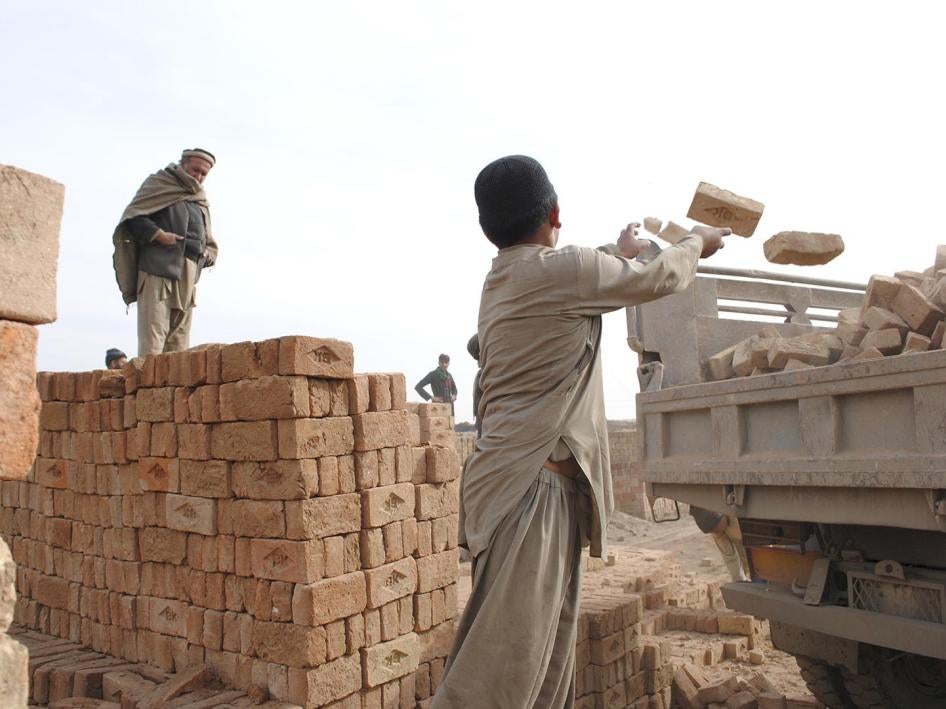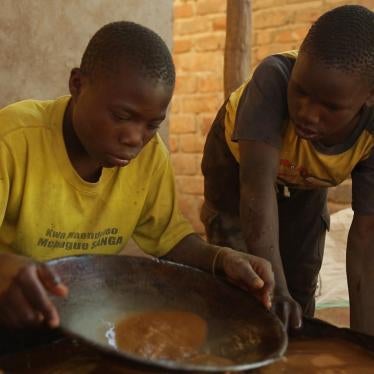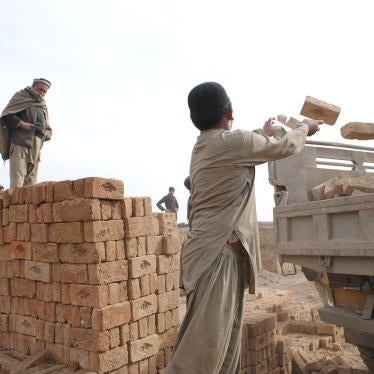Child labor rates are dropping, but far too slowly.
Between 2000 and 2012, governments made impressive strides in reducing child labor. During that period, child labor rates dropped by one-third – to 168 million from 250 million. This meant that 70 million fewer children were toiling at young ages or in hazardous work.
But new statistics released today by the International Labour Organization indicate this trend is slackening. True, child labor rates are still declining, but at a much slower pace. From 2012 to 2016, the numbers of children in child labor dipped to 152 million from 168 million, only one-third of the reduction achieved the previous four years. At this rate, governments have no hope of reaching the target they set in 2015 as part of the Sustainable Development Goals – to end child labor by 2025.
We know some of the strategies that work to end child labor. First and foremost is getting children into school. As enrollment rates increase, child labor declines. Since 2000, governments have increased the number of children in school by 110 million, making it much less likely those children will end up in the labor market.
Second is a strong legal framework. When governments enforce child labor laws through effective inspections and penalties for employers who exploit children, child labor is less likely to flourish.
A third strategy is to provide support for poor families – those that are most likely to send their children to work to help put food on the table. Cash transfer programs, for example, provide poor families with a guaranteed monthly income and alleviate the financial pressures that contribute to child labor. In Morocco, for example, payments of just US$7 a month per child helped reduce child labor rates by one third.
A stronger approach to child labor isn’t just about protecting children from exploitation. Ending child labor interrupts cycles of poverty, strengthening families, communities, and economies.
The new statistics should be a wake-up call to governments and prompt new investments in the strategies that work. All of us – not just children – will benefit.









